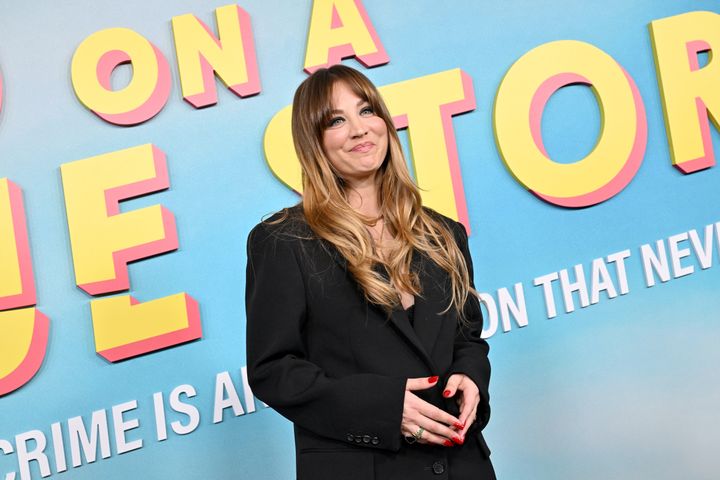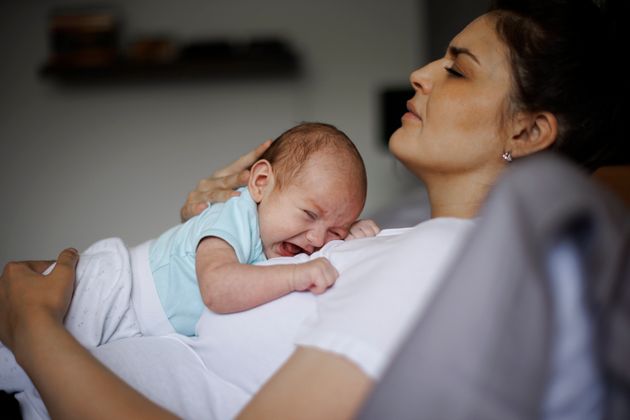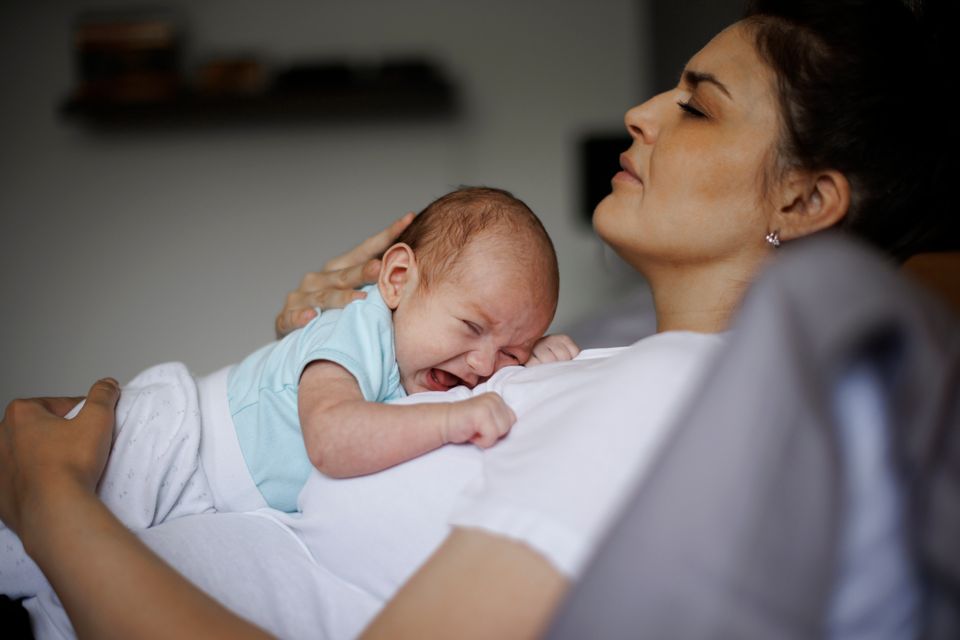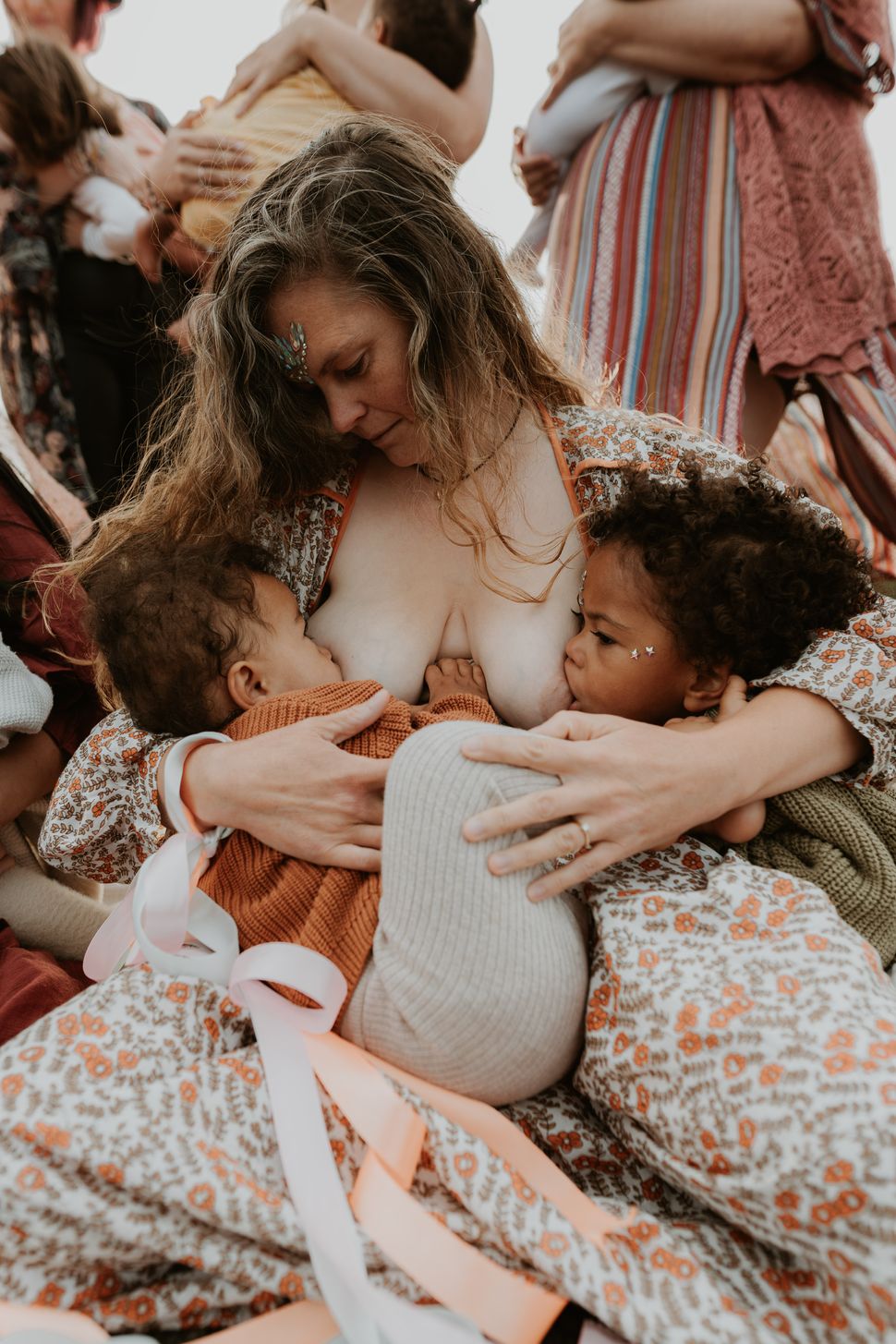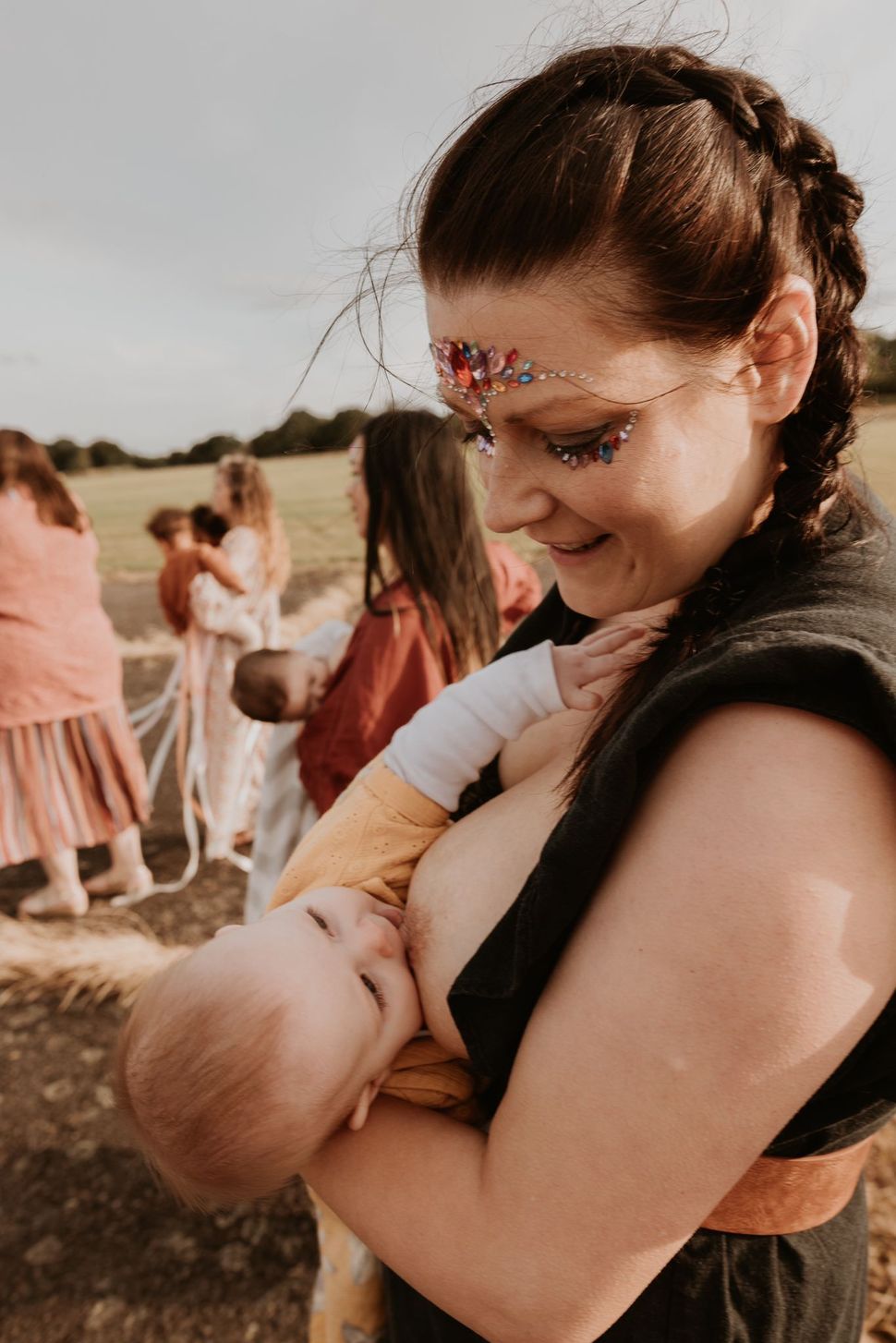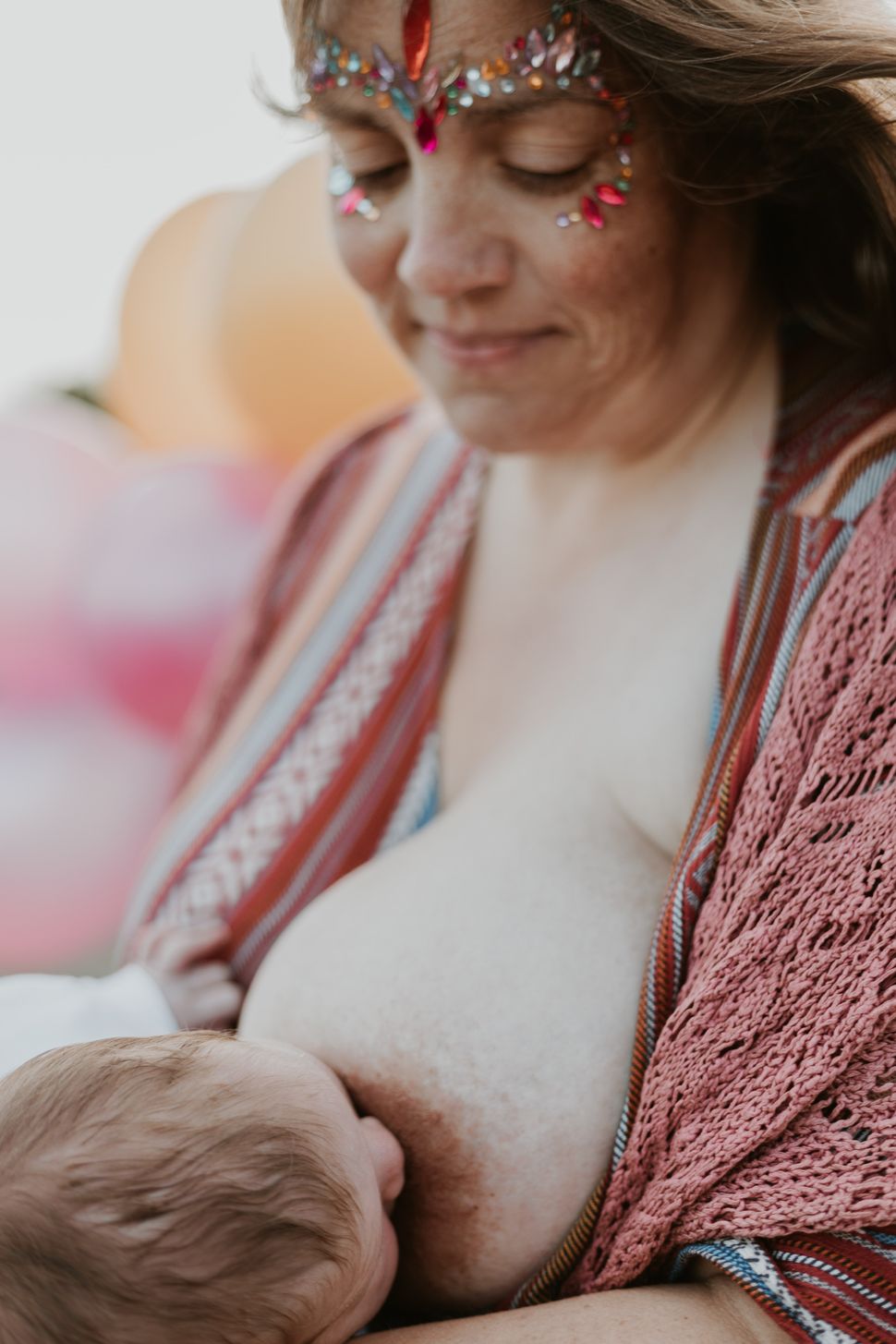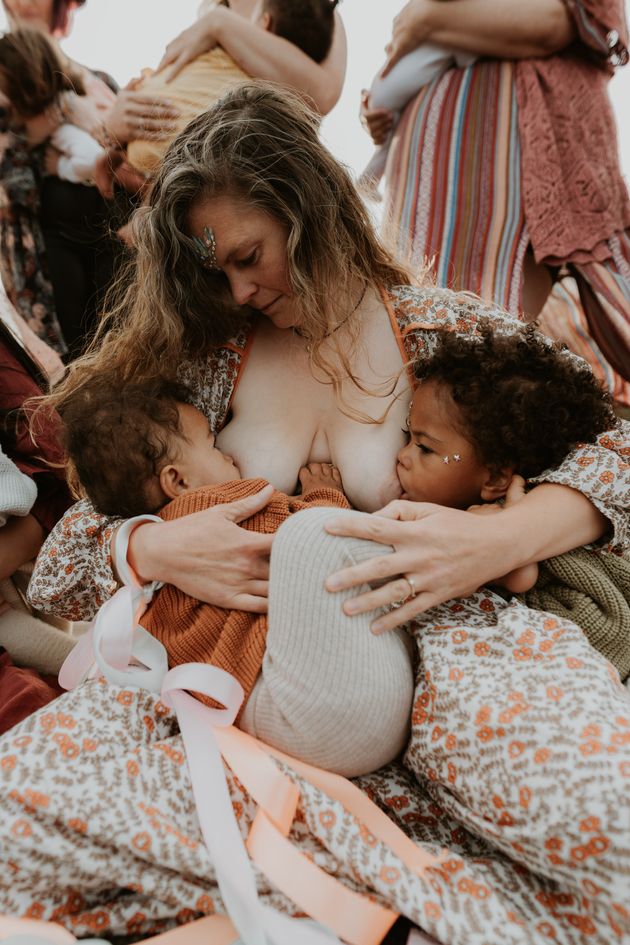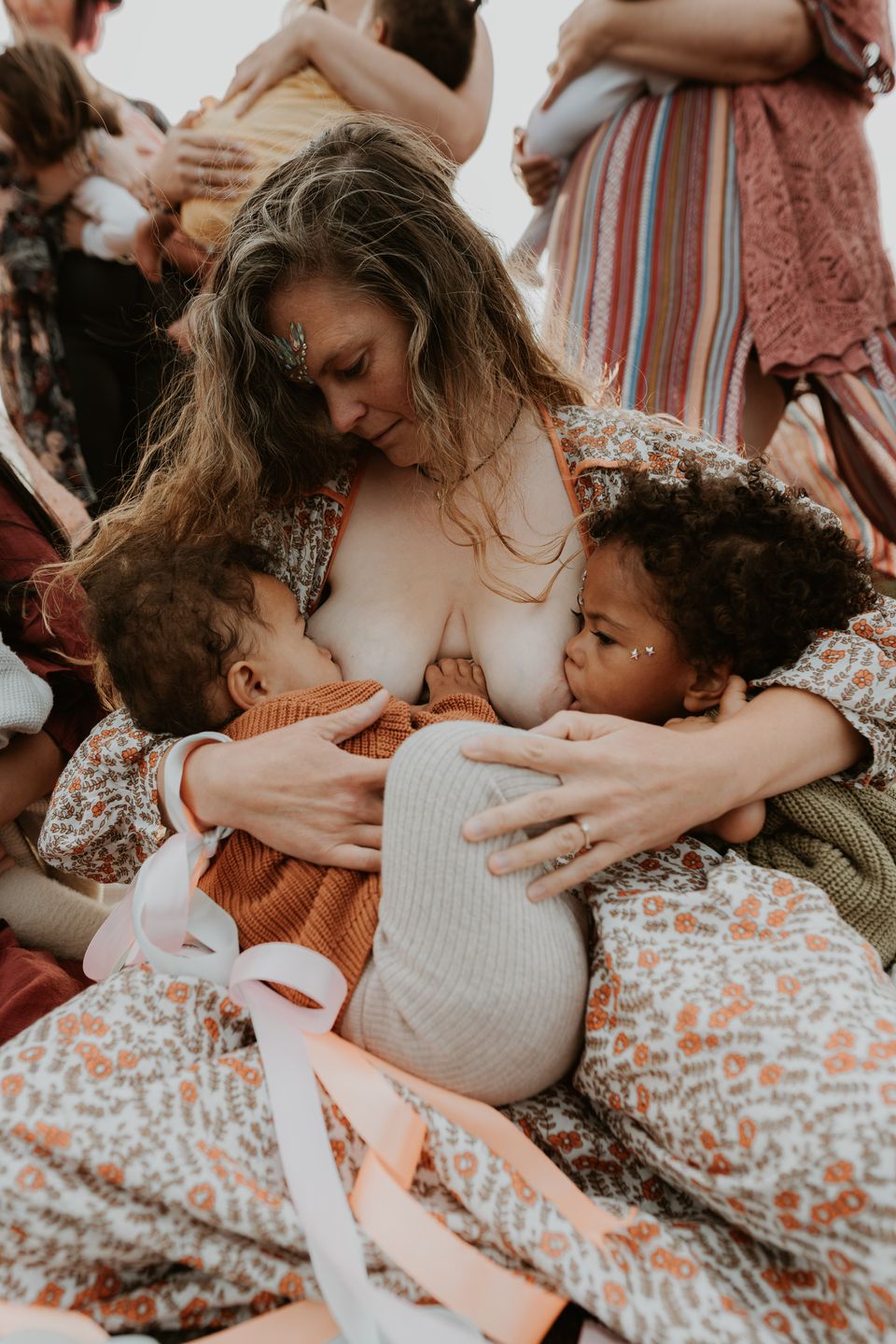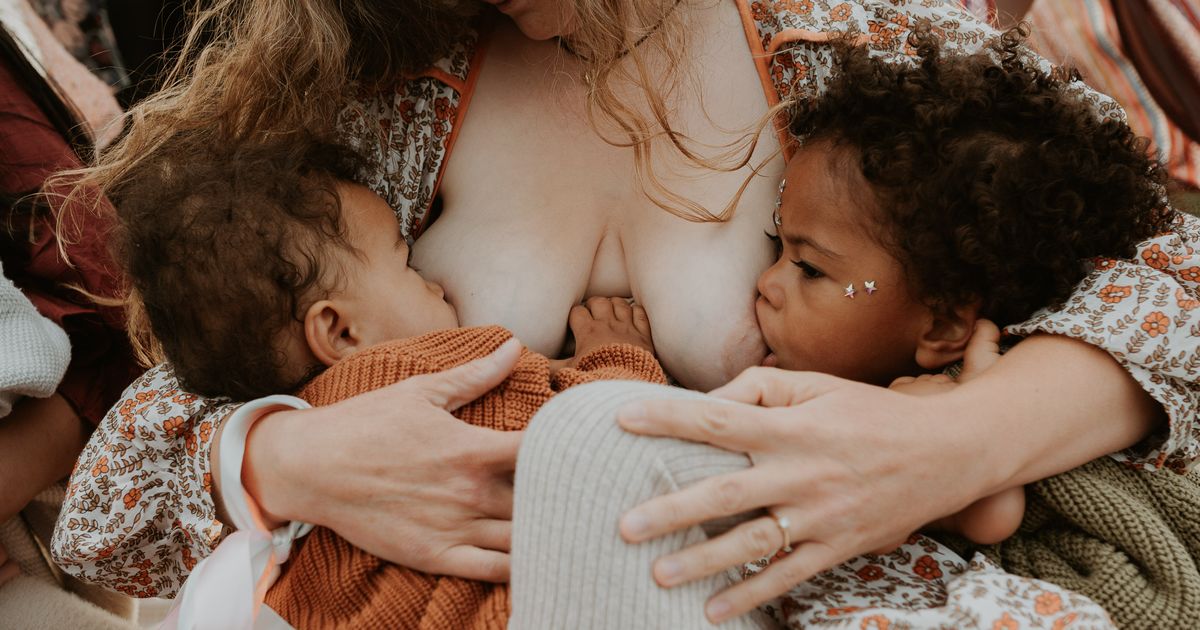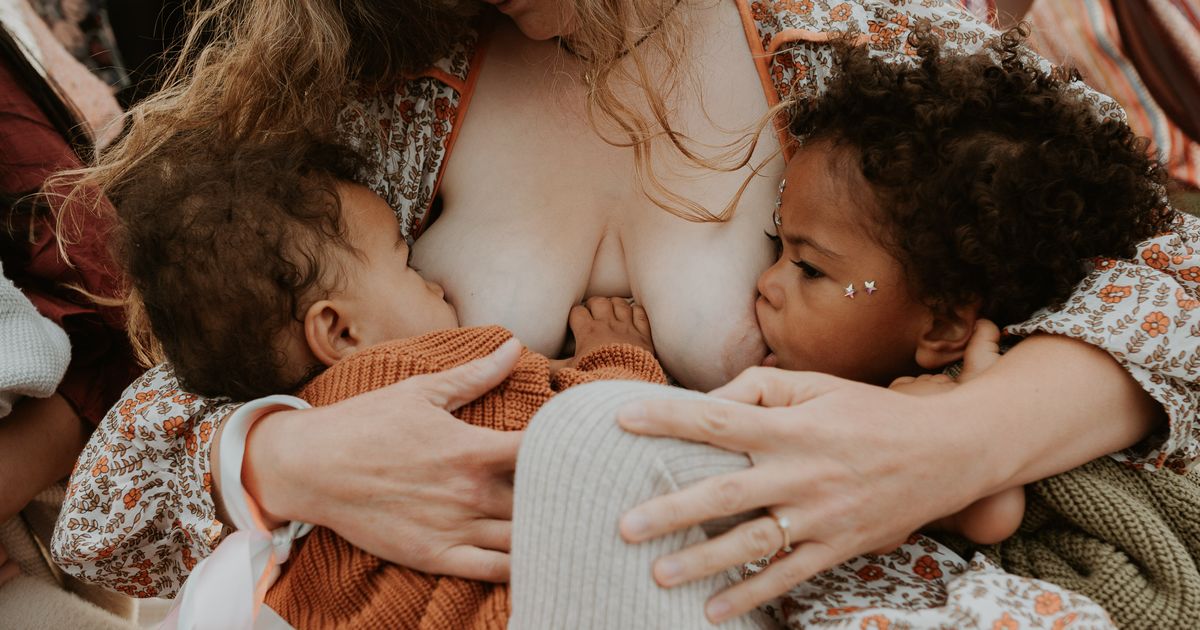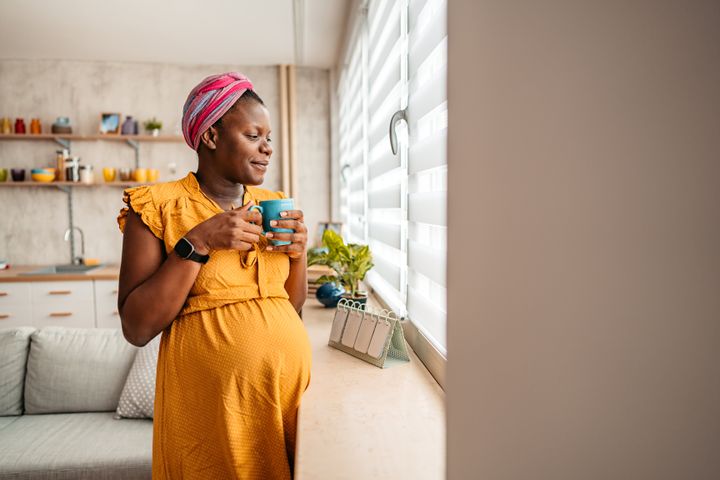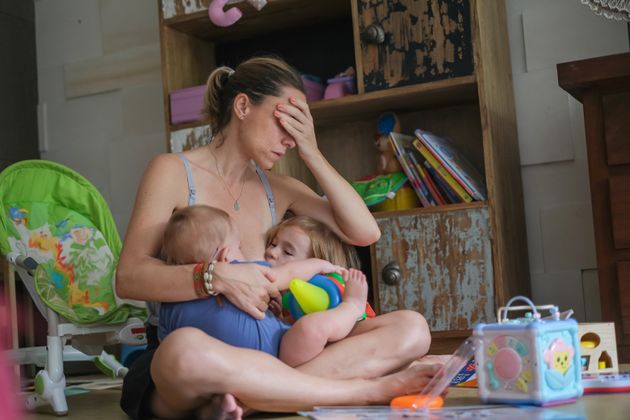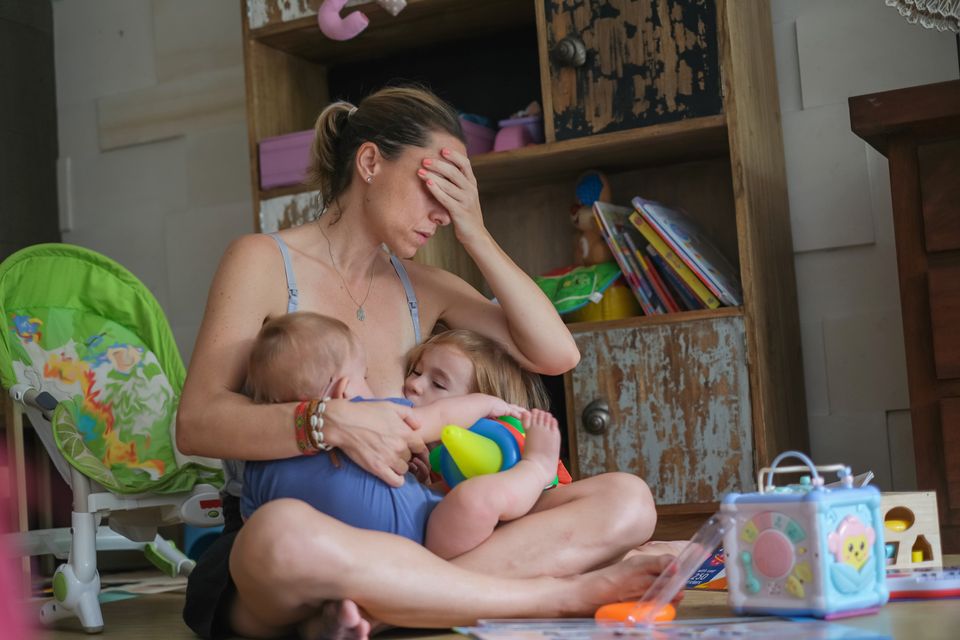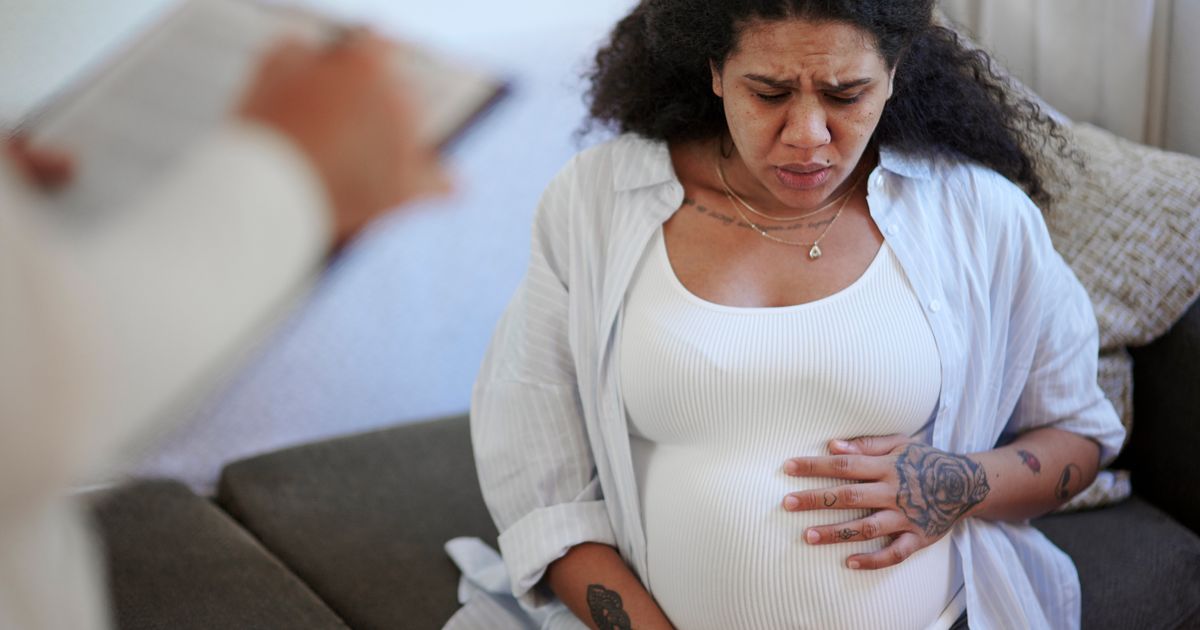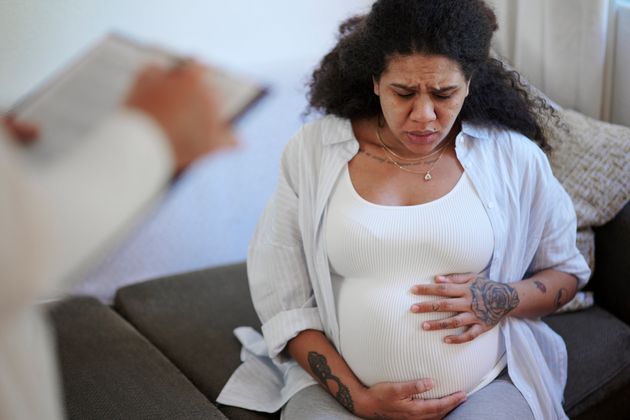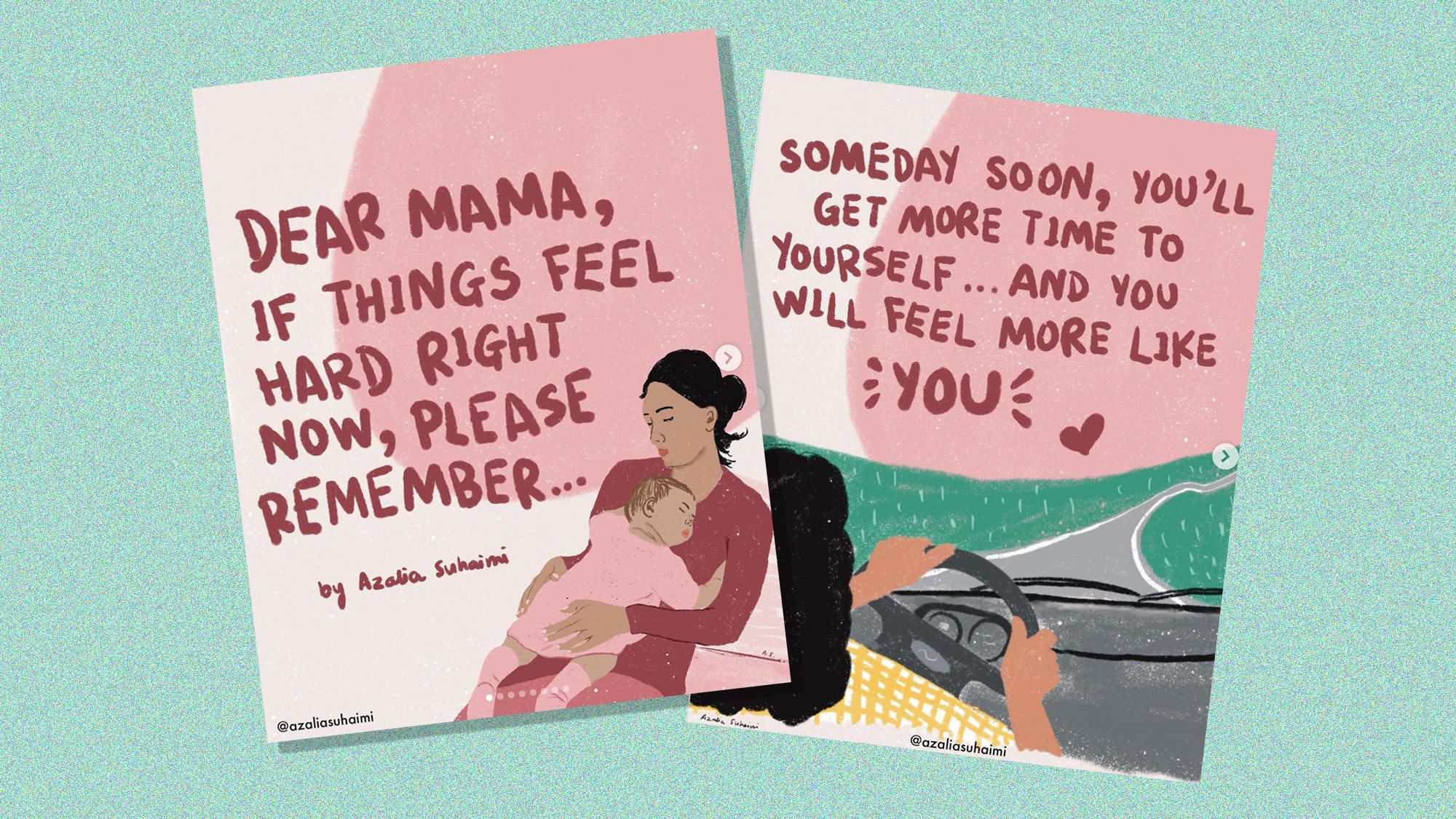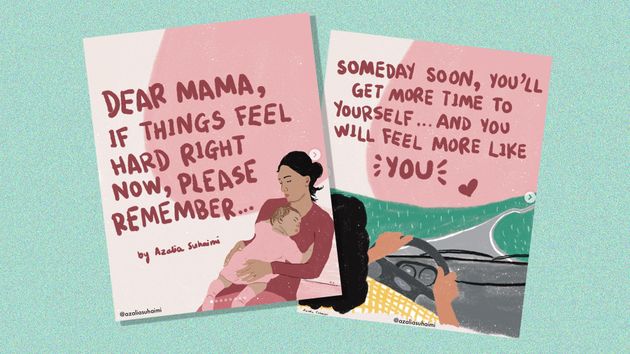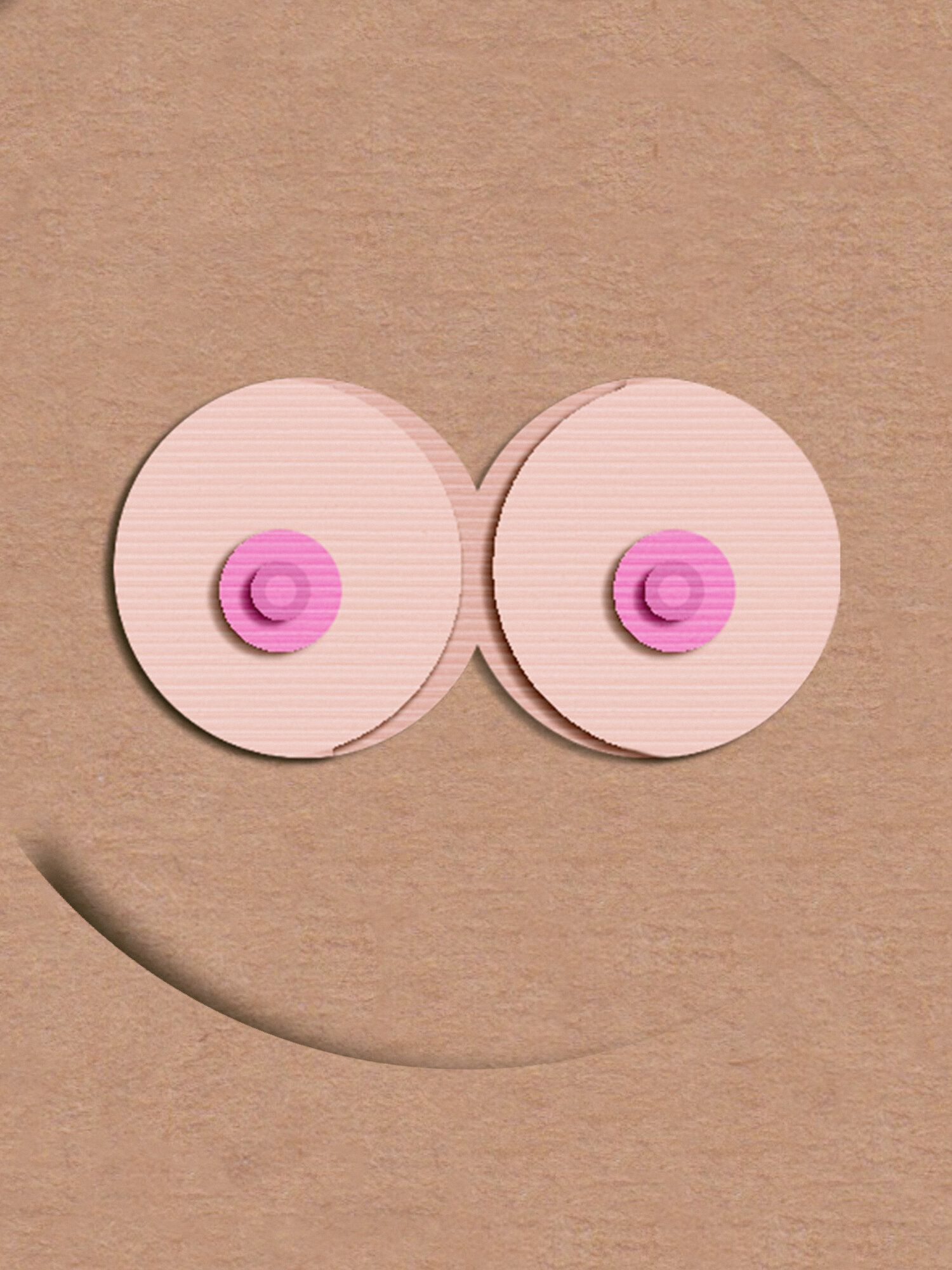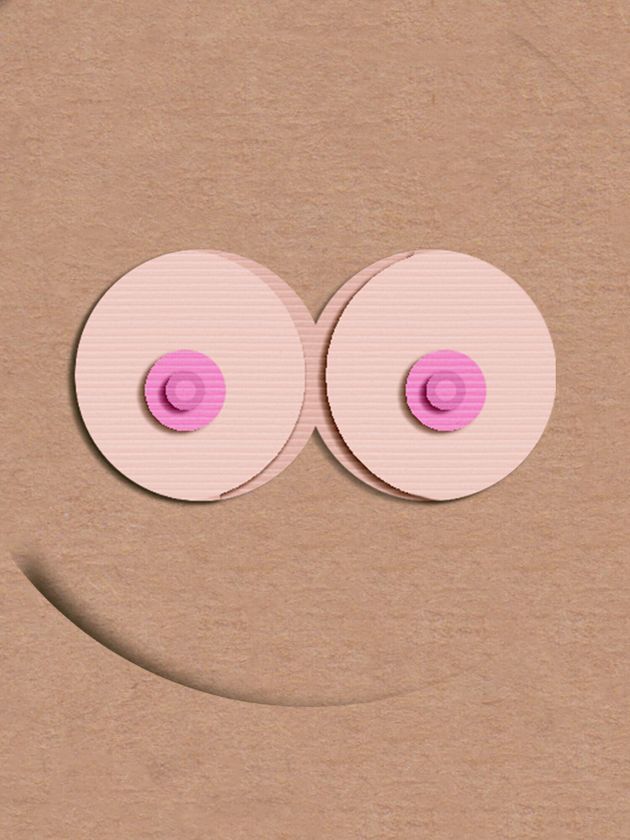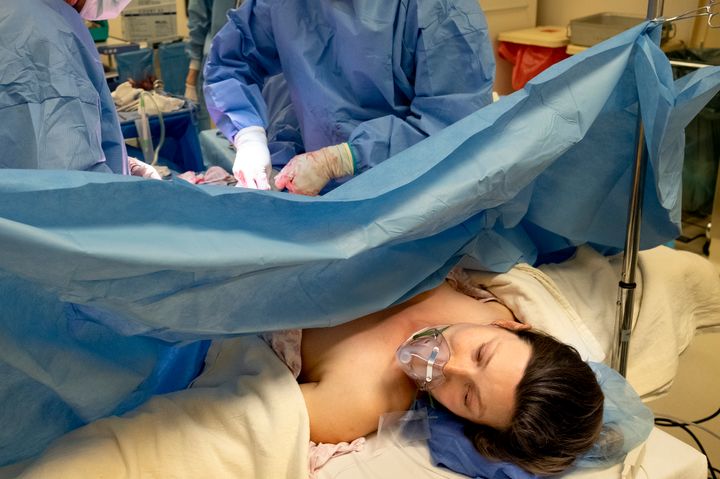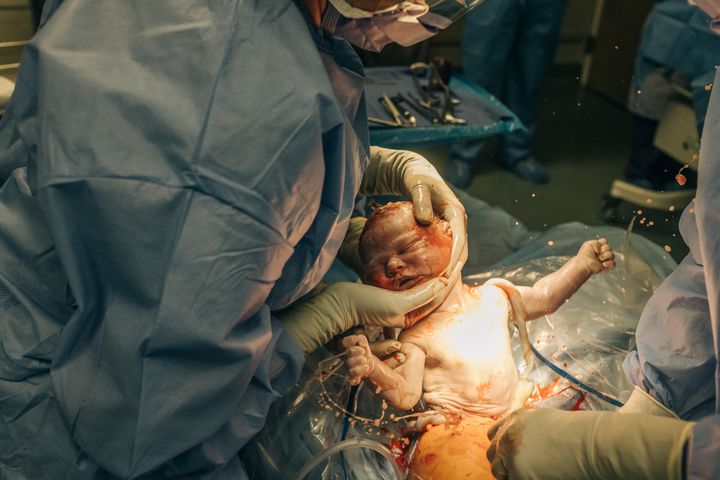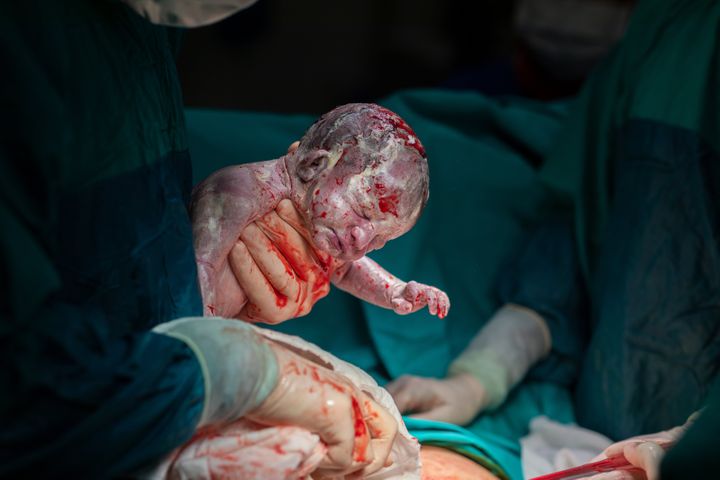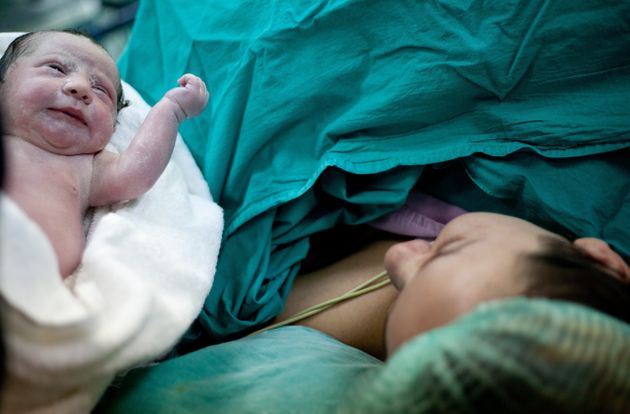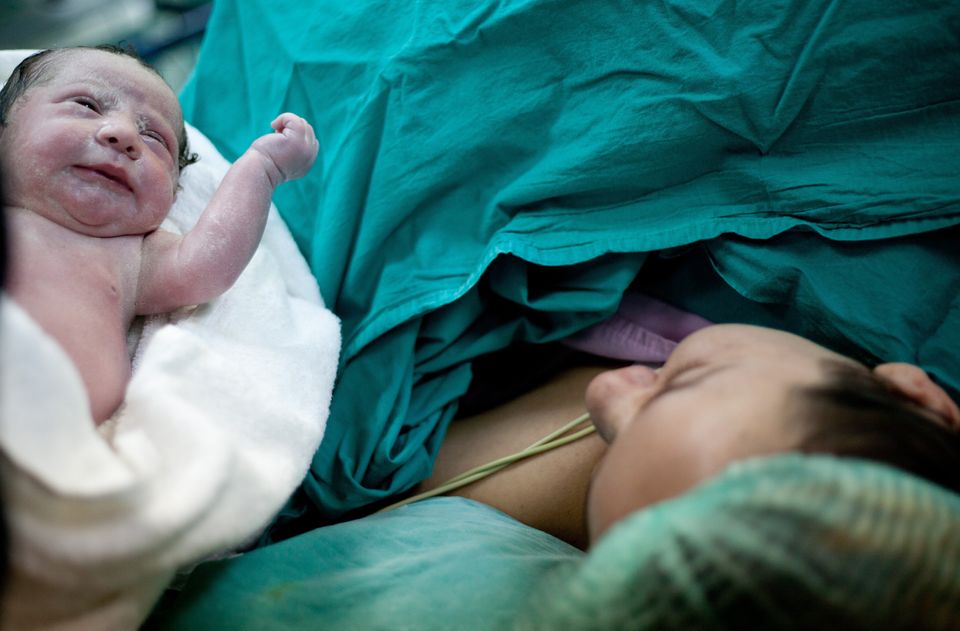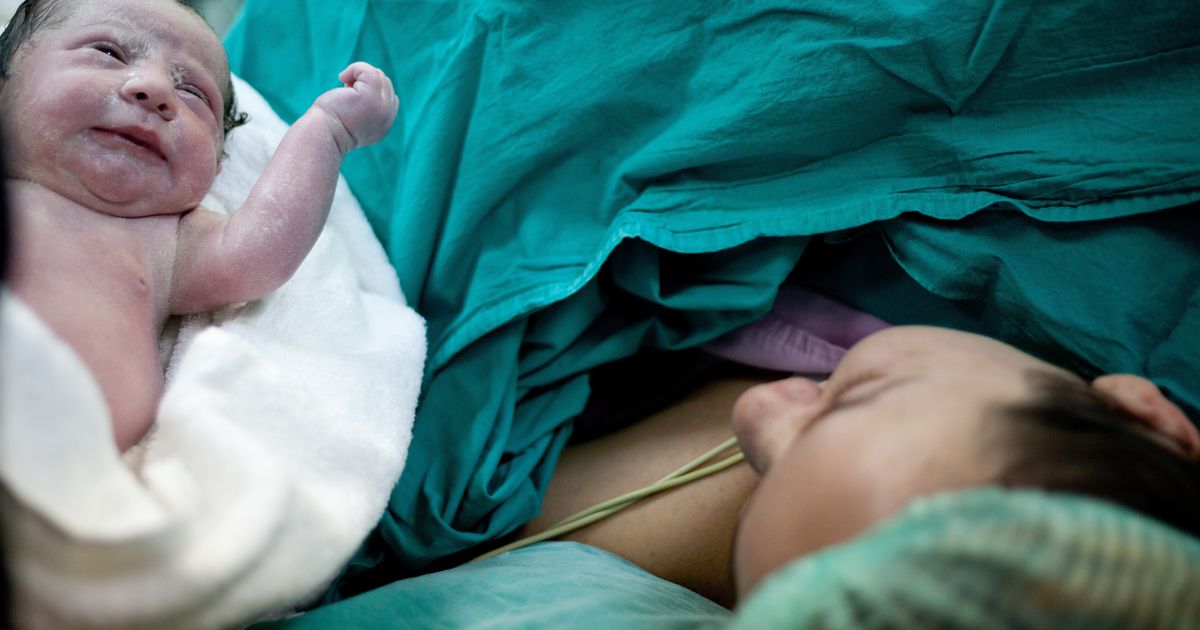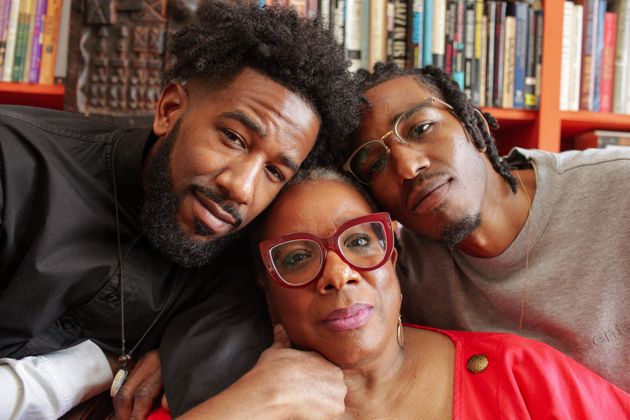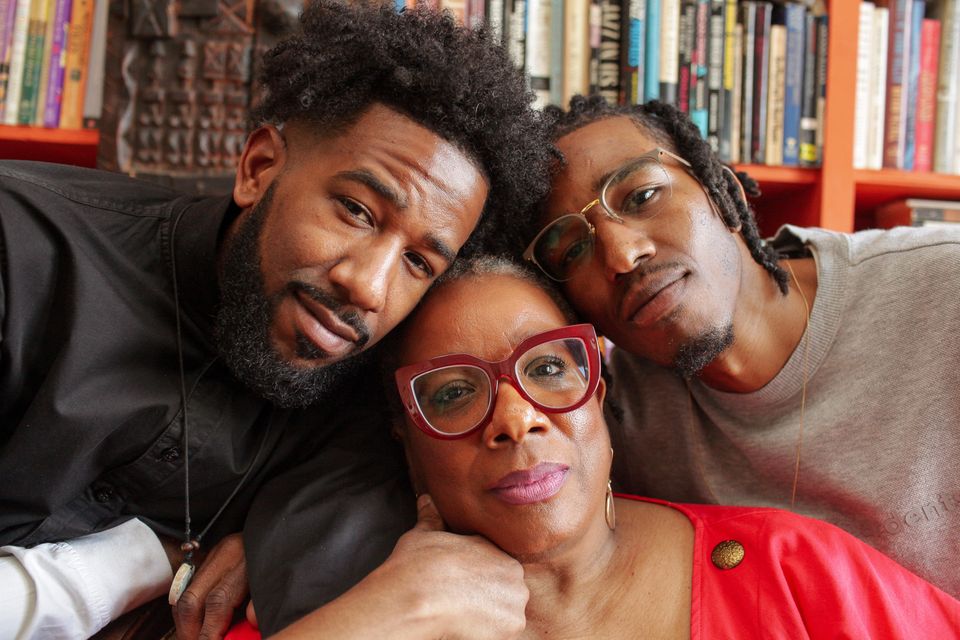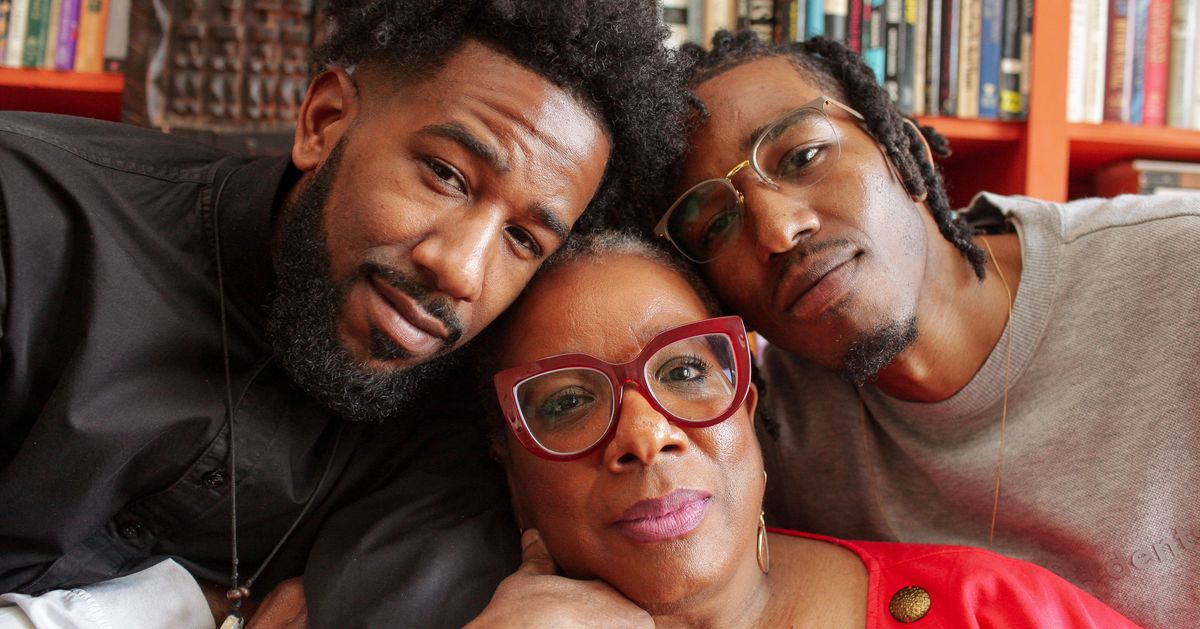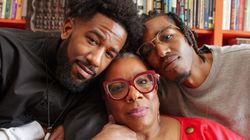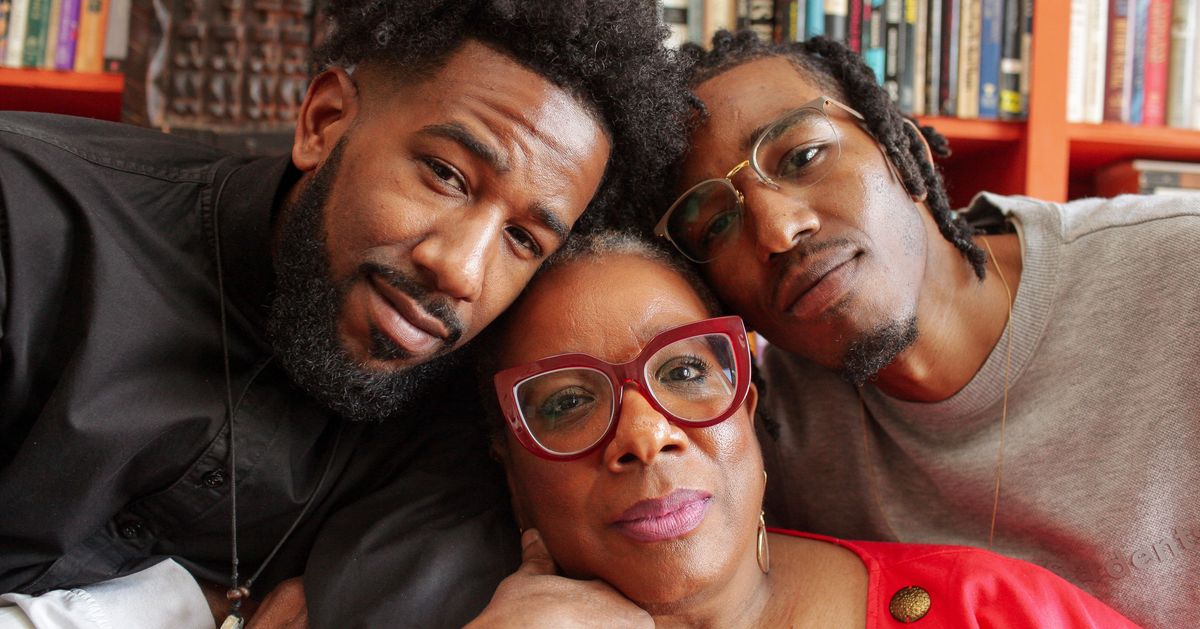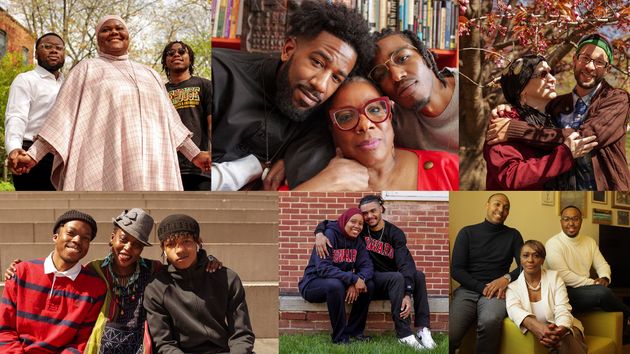Keeping a household running smoothly takes a lot of effort. There are the more obvious physical tasks like cooking meals, taking out the rubbish, folding laundry and picking the kids up from school. But it also requires a whole bunch of behind-the-scenes planning, organising, anticipating of needs, decision-making and delegating known as the mental load — an invisible kind of work.
In heterosexual relationships, most of these invisible tasks tend to fall on the mom’s shoulders, even when both partners work outside of the home. Men today may be taking on more hands-on domestic responsibilities than they have in the past, but women are still usually carrying the bulk of the mental load.
Advertisement
“Women aren’t just doing more labor, the labor they’re doing is mentally and emotionally taxing: anticipating and planning for how to meet the family’s needs,” Laura Danger, an educator who facilitates workshops on domestic labor, previously told HuffPost.
“When you consider, in cis-het couples, who is usually keeping the social calendar, signing kids up for summer camps and ensuring the grocery list is planned and prepared? It’s often defaulted to mom. Doctors, teachers and coaches often dial mom first. Even the vet usually calls mom before dad!”

xavierarnau via Getty Images
These invisible tasks often take up way more time and energy than meets the eye. One example? Registering a child for kindergarten, which artist Mary Catherine Starr, the woman behind @momlife_comics on Instagram, just did recently for her son.
Advertisement
“What went into this registration was so much invisible labor,” she told HuffPost. “Keeping an eye out for when registration opened, going online to fill out all of the forms — which includes locating all sorts of paperwork and medical history— calling the registration office when a technical issue comes up on the website, booking a registration appointment to turn in the rest of the paperwork, scheduling a ‘kindergarten screening’ for the child, taking the child to said screening, texting normal child care provider about child being late to child care on registration day, and rearranging work schedule to accommodate kindergarten screening.”
“All of this takes three to five hours out of an already busy schedule, and if they’re not a part of it, their partner has no idea what went into this,” she continued. “It’s something you simply can’t understand unless you’ve lived it.”
We asked moms which invisible tasks on their plate are more taxing than they might appear. Here’s what they told us:
1. Staying on top of kids’ clothes
Lina Forrestal, a content creator and host of The New Mamas Podcast, said keeping her fast-growing baby and toddler’s wardrobes up-to-date with items that fit is a “huge challenge.”
“Everything from pants, shirts, socks and shoes,” she told HuffPost. “Then, there’s the load of having to purchase new things, and put away, donate or sell the old stuff that doesn’t fit anymore. It’s the biggest invisible time suck.”
Advertisement
Not only that, you also need to make sure the clothes are seasonally appropriate — i.e., ensuring you have the right-size bathing suits for summertime, and sweaters and pants that fit for the cooler months.
2. Meal planning
Caitlin Murray, the creator behind @BigTimeAdulting on Instagram, said that while there are a million items on her invisible labor to-do list, the most all-consuming one is figuring out what her family is going to eat every day. And that doesn’t just mean coming up with meal ideas, it also means finding balanced, nutritious and tasty options that all three of her kids will enjoy.
“I happen to love food, and I also care very much about the level of variety and nutrition my kids are getting. I’m not super strict ― we have plenty of treats ― but I am constantly struggling to think of new ways to get them to eat all the good stuff, too,” she told HuffPost.
“It’s also important to note that, if kids are not enjoying their food, meal time is going to be hell. I’m personally triggered when there are complaints and dissatisfaction with a meal, which is why it’s never as easy as just grocery shopping and cooking,” she added.
For comic artist Debbie Tung, it’s also taking time to carefully meal plan and create a grocery list so that she’s only buying items she knows they’ll use to avoid wasting food.
Advertisement
“Sometimes I prepare meals in advance if I know I’ll be very busy on a specific day,” she added. “I try to make sure my kid’s diet includes adequate fruits and vegetables daily.”
3. Keeping track of what household items are needed
This one may not seem like a monumental task on its face, but constantly staying on top of which things need to be replaced or replenished — like diapers, toiletries, cleaning supplies, snacks and pet food, just to name a few — requires a fair amount of mental work.
“Why is it usually Mom that knows what products or food items the family is running out of at any given time?” Renee Reina Grenon, host of “The Mom Room” podcast, told HuffPost. “Because, they are the ones packing lunches, making meals, packing the diaper bag, changing diapers, doing bath time, signing the permission slips for field trips, doing the laundry, doing groceries, etc. The list is never-ending.”
4. Managing school schedules, needs and communication

LordHenriVoton via Getty Images
For Starr, these school-related tasks entail “so much more than meets the eye.”
One example: reading all of the school emails and papers that get sent home and then taking action on anything that requires a response.
Advertisement
“For some of these items, that means checking my schedule to see if I can take time off of work to volunteer in a classroom or at a school event, or marking the schedule because it’s a half day or there’s a field trip or something we need to plan around,” Starr said.
“For other items that get sent home, it means making sure a child does the work associated with the handout, for example, reviewing spelling words each night or filling out a reading log that needs to be returned every Friday,” she added.
Other tasks include, but are not limited to, signing up for after-school activities, helping with school fundraisers, getting doctor’s notes for excused absences, and responding to questions or notes from teachers.
And don’t forget keeping track of special themed days or spirit weeks “ensuring that these days are on the calendar and remembered and planned for,” said Starr. “‘Is my tie-dyed shirt clean? Today is tie-dye day!’”
5. Making and keeping track of appointments
In writer and content creator CJ Kelsey’s house, she’s the one typically tasked with the scheduling and managing of appointments, she said.
Advertisement
“My husband will gladly take them, but I’m in charge of not only making my kids’ doctor appointments but now my parents’ as well,” she told HuffPost. “And it takes a lot of time to make the calls and a headache to keep them all organised.”
Not to mention other associated tasks like filling out the forms that may need to be completed prior to the appointment, and making sure the front desk has your up-to-date address and insurance information.
6. Attending birthday parties
Planning a birthday party for your kid can be a lot of work, but it’s a once-a-year event. However, you may be a guest at other kids’ parties a couple of times a month — or more.
“It doesn’t sound like it, but being a guest is a lot of work,” Forrestal said. “From remembering to RSVP, to buying a gift, the mental math of getting to the birthday party location on-time — usually on a weekend with other events going on.”
It’s Time To Stop Taking All Of This Domestic Labor For Granted
We shouldn’t just assume moms are going to be the default parent for virtually every facet of raising a family. Instead, let’s recognise their unseen, unpaid efforts and discuss ways to distribute tasks — especially the mental load — more equitably.
Advertisement
“When I was younger, my mother did so much for us while working a full-time job,” said Tung. “I never realised that or truly appreciated it until I became a mother myself and tried balancing my job, parenting, household chores and staying on top of my kid’s school work. It’s a huge mental load, and I never stop planning and thinking about what needs to be done.”
“I feel like my husband doesn’t share the same mental load,” she added. “But it would be great if more partners could see things from a mother’s perspective, and show more appreciation and willingness to help.”
“Our society loves to say that raising children is the most important job in the world — but it is never treated as such.”
– Renee Reina Grenon, host of “The Mom Room” podcast
Starr said when her husband handles a family management task that she has historically taken care of, he’ll often tell her he’s surprised it took so long to complete.
“He thinks, for some reason, that it doesn’t take as much time for me because I’m more ‘experienced’ or ‘better’ at handling these kinds of tasks, but the fact of the matter is that these tasks just take a lot of time, no matter who you are,” she said.
Advertisement
“And if you are carrying the entire task and all of the accompanying tasks that come along with it, managing a family and household takes a lot of time and energy. And this time and energy should not fall on the mom. It should be divided between the parents,” Starr added.
Reina Grenon said she wishes people valued the unpaid work of motherhood the way they do a paying job.
“Our society loves to say that raising children is the most important job in the world ― but it is never treated as such.”





